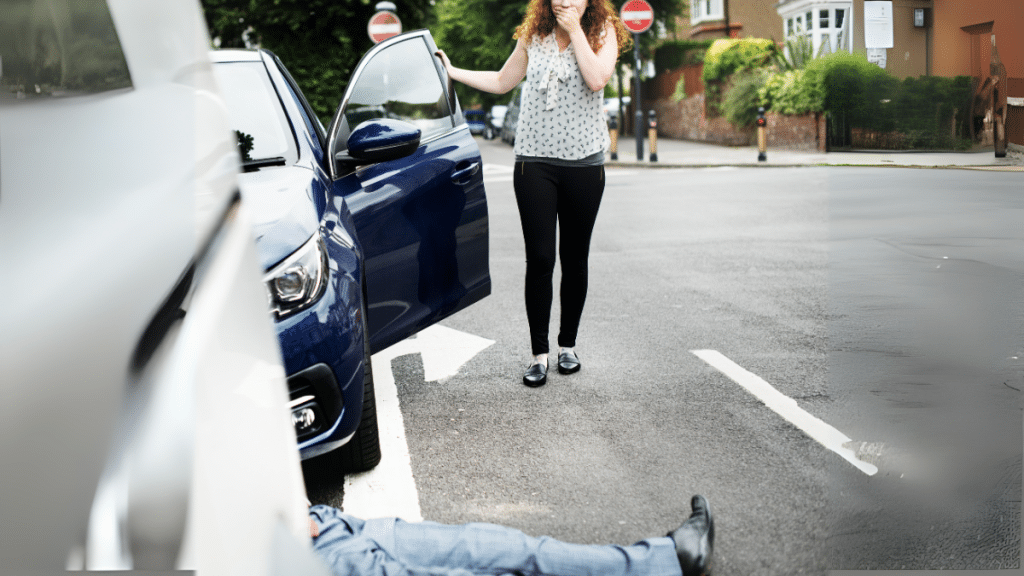Pedestrian accidents are a serious problem, especially in busy cities where cars, cyclists, and walkers share the road. Every year, thousands of people are injured due to distracted drivers, poor lighting, and failure to follow traffic signals. Even when pedestrians have the right of way, they are still at risk.
When an accident happens, victims often face medical bills, lost wages, and long recovery times. Filing a pedestrian accident claim can help cover expenses and hold negligent drivers accountable in these cases.
Knowing how to stay safe while walking is just as important as knowing your rights. Here are 5 ways pedestrians can avoid accidents.
Be Visible
One of the simplest yet most effective ways to stay safe is to be seen. Wear bright or reflective clothing, especially when it’s getting dark or at night. This helps drivers spot you more easily. A flashlight or reflective gear can also make a big difference in low-light conditions. It’s also a good idea to make eye contact with drivers.
This simple act can confirm that they see you. Finally, always be aware of your surroundings and avoid walking in blind spots where drivers might not see you.
Obey Traffic Signals and Crosswalks
Traffic signals and crosswalks are there for a reason. Always cross at designated crosswalks or intersections. These are the safest places to cross. It’s also important to obey traffic signals. Wait for the walk signal before crossing. Don’t just assume it’s safe. Before stepping into the crosswalk, look left, right, and left again.
This simple check can help you spot any approaching cars. Finally, be aware of turning vehicles. Turning cars are a common cause of pedestrian accidents. Make sure drivers see you before you cross.
Walk Defensively
Staying alert is key to pedestrian safety. You should always be aware of your surroundings and anticipate potential dangers, like speeding cars or distracted drivers. Never assume a driver will stop just because we have the right of way.
Whenever possible, walk on sidewalks. If there’s no sidewalk, face oncoming traffic to see approaching vehicles. Avoid walking in the street or darting between parked cars—drivers may not have enough time to react. Defensive walking means thinking ahead and making safe choices, even when others aren’t paying attention. It’s better to be cautious than to risk an accident.
Avoid Distractions
In today’s world, distractions are everywhere. When walking, it’s crucial to put away electronic devices and focus on your surroundings. Avoid looking at your phone or other screens. Listening to music or podcasts can also be distracting.
These activities can prevent you from hearing essential traffic sounds, like sirens or car horns. Be aware of everything around you. Avoid distractions like conversations or daydreaming. Your safety is the most important thing. Pay close attention to traffic signals, crosswalks, and approaching vehicles. Staying focused can help you avoid accidents.
Stay Alert at Night
Nighttime walking comes with extra risks, so we need to take extra precautions. Reduced visibility makes it harder for drivers to see pedestrians, especially in areas with poor lighting. Wearing reflective clothing or carrying a flashlight helps us stand out.
Stick to well-lit streets and avoid dark alleys or poorly lit pathways whenever possible. Shadows can hide obstacles, and drivers may struggle to spot us in dim areas. Staying aware of our surroundings and anticipating potential hazards—like approaching cars or uneven sidewalks—can help us stay safe. A little preparation can make nighttime walks much less risky.
